The Mining Industry: A Comprehensive Overview
The mining industry is the process of extracting naturally occurring minerals and other geological materials from the Earth. This essential sector has played a vital role in human civilization, from ancient times when early humans used stones and metals to create tools, to today’s high-tech world that relies on rare earth elements for everything from smartphones to electric vehicles.
Over time, the mining industry has evolved significantly, driven by technological advancements and increasing global demand for raw materials. While it remains a critical part of the economy, it also faces ongoing challenges related to environmental sustainability, worker safety, and community impact.
Despite these challenges, modern mining operations have become more efficient and environmentally conscious. Innovations in technology now allow miners to extract valuable resources from deeper underground, reducing surface disruption and improving resource recovery rates.
What is the Mining Industry and Why is it Important?
Mining involves the extraction of valuable minerals and materials from the Earth's crust. These include coal, metals like gold and copper, as well as non-metallic substances such as salt, limestone, and sand. The process encompasses everything from exploration and planning to extraction, processing, and eventual land reclamation.
The economic viability of mining projects depends on factors such as labor costs, energy consumption, transportation, and refining processes. Mining is not just about digging; it’s about managing complex systems to ensure sustainable and profitable operations.
In addition to mineral extraction, the industry also includes the retrieval of non-renewable resources like oil and natural gas—though these are typically classified separately from traditional mining activities.
At an active mine, three main processes take place:
- Mineral Extraction: This involves using surface or underground methods to remove the ore from the ground.
- Mineral Handling: This step separates the valuable material from waste, known as tailings.
- Mineral Processing: This includes crushing, grinding, and refining the extracted minerals into usable forms for sale or further use.
Mining provides essential resources for energy, construction, and technology. Without it, many of the products we rely on daily would not exist.
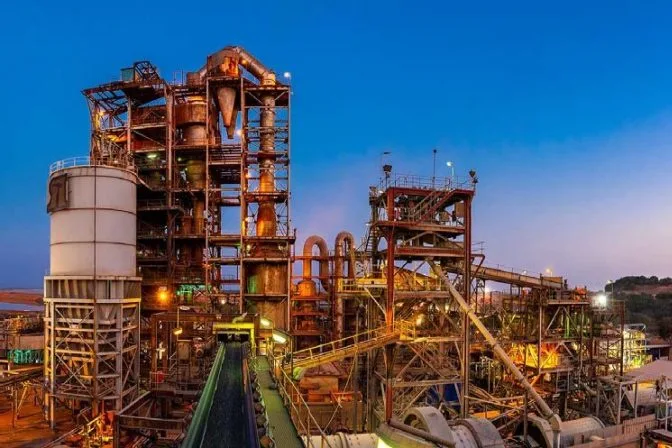 A processing plant roaster used for extractive metallurgy
A processing plant roaster used for extractive metallurgy
The Life Cycle of a Mine
A mine goes through several stages before it becomes operational and eventually closes. From initial discovery to final reclamation, each phase requires careful planning and execution.
Prospecting and Discovery
Prospecting is the first step in finding potential mineral deposits. Miners and geologists use various tools and techniques, including metal detectors, pickaxes, and advanced technologies like electromagnetic surveys and geochemical analysis.
Once a promising area is identified, detailed assessments determine the size, grade, and economic potential of the deposit. This information helps decide whether the site is worth developing.
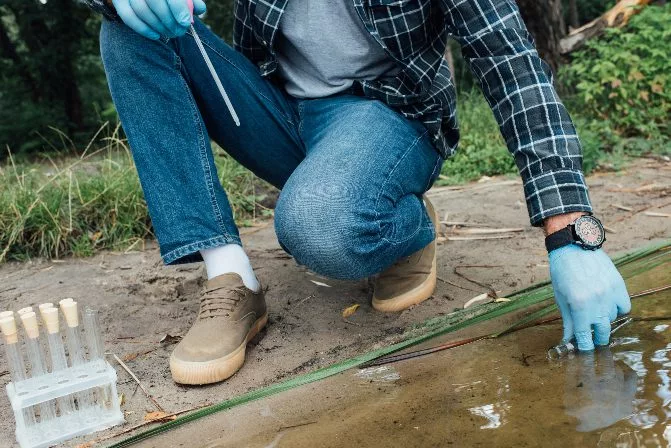 Prospector taking water samples
Prospector taking water samples
Estimation of Ore Size
After identifying an orebody, engineers calculate its size and quality. This data is crucial for determining if the project can be economically viable.
Calculating Economic Feasibility
Mining companies evaluate multiple factors before proceeding, such as production costs, market demand, and environmental impact. If the numbers don’t add up, the project may be abandoned.
Development
If the project moves forward, infrastructure is built, and equipment is acquired. The mine then begins operations until it is no longer profitable.
Overburden Removal
Before reaching the ore, layers of rock and soil (overburden) must be removed. This process requires careful planning to minimize environmental damage.
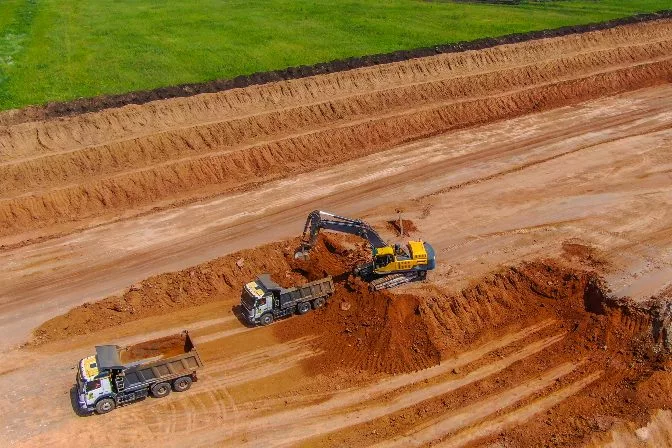 Removing overburden
Removing overburden
Waste Management
Managing waste is a major concern in mining. Tailings—byproducts of processing—can be hazardous and require secure storage to prevent pollution.
Mineral Processing
Once extracted, the ore undergoes various steps to separate valuable minerals from waste. This includes crushing, grinding, and chemical treatments to refine the material.
Reclamation
When a mine is no longer profitable, the land is restored to its original state or repurposed. Reclamation is now a legal requirement in many countries to protect the environment and local communities.
 Reclamation of a surface mine
Reclamation of a surface mine
Types of Mining
There are two primary types of mining: surface and underground. Surface mining is more common and less expensive, while underground mining is used when the ore is too deep to reach from the surface.
Common types of ore deposits include placer deposits found in rivers and lode deposits found within rock formations.
Surface Mining
Surface mining methods include strip mining, open pit mining, quarrying, and placer mining. These techniques involve removing overburden to access the ore directly at the surface.
One unique method is in-situ leaching, where chemicals are injected into the ground to dissolve the minerals, which are then pumped out without disturbing the surrounding rock.
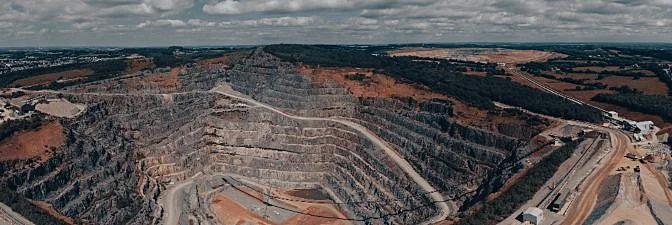 An open pit surface mine
An open pit surface mine
Underground Mining
Underground mining involves digging tunnels to reach deeper deposits. Methods include room and pillar, retreat mining, and longwall mining. Each technique is chosen based on the type of ore and geological conditions.
Modern underground mining uses advanced machinery and automation to improve efficiency and safety.
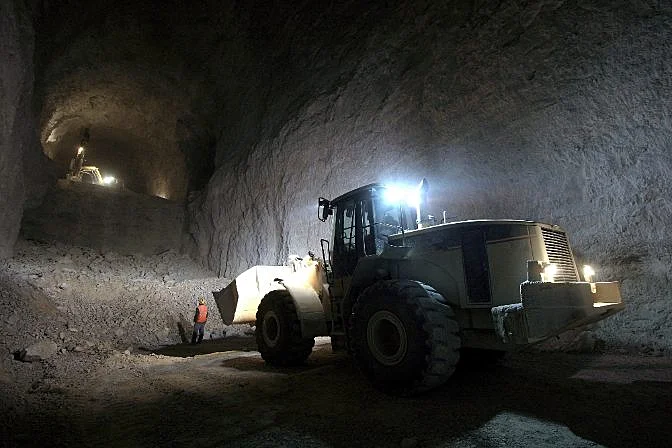 A loader clearing an underground mine drift
A loader clearing an underground mine drift
Artisanal Mining
Artisanal and small-scale mining (ASM) plays a significant role in many developing countries. These miners often use simple tools and work in informal settings, providing income for millions of people.
While ASM contributes to local economies, it also presents challenges related to safety, regulation, and environmental protection.
Mining Industry Equipment
Mining requires heavy machinery, including draglines, excavators, haul trucks, and crushers. These machines are designed to handle extreme conditions and move large volumes of material efficiently.
Autonomous equipment is becoming more common, improving productivity and reducing the need for human labor in dangerous environments.
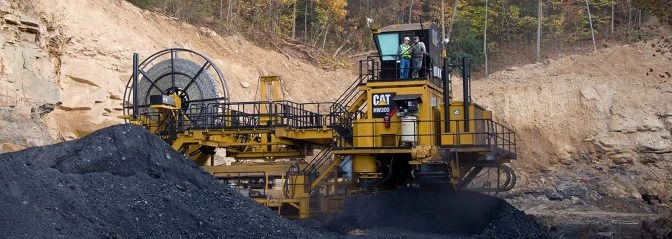 Highwall miners mine coal seams from the sides
Highwall miners mine coal seams from the sides
Mining Industry Safety
Safety is a top priority in the mining industry due to the inherent risks involved. Miners face hazards such as rockfalls, cave-ins, and exposure to toxic substances.
To mitigate these risks, miners are equipped with protective gear and trained to follow strict safety protocols. Underground mines often have emergency refuge chambers to provide shelter during emergencies.
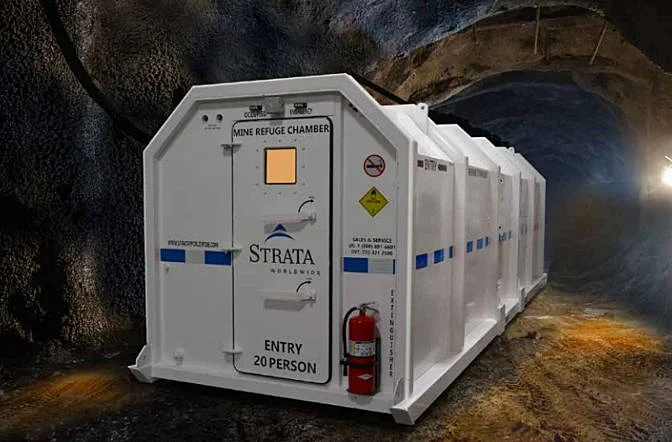
Refuge chamber in an underground mine
Environmental Impacts of the Mining Industry
Mining can have significant environmental consequences, including deforestation, habitat destruction, and water contamination. These impacts can persist long after a mine has closed.
Regulations and reclamation efforts help reduce these effects, but challenges remain, especially in regions with limited oversight.
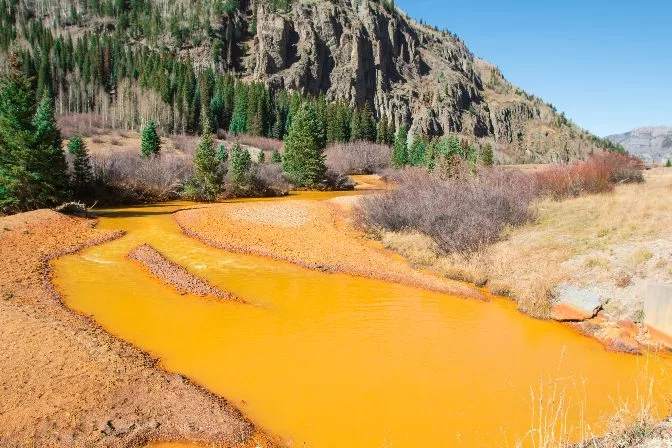 Surface water contamination
Surface water contamination
Mining Industry Regulations
Governments and international organizations have established regulations to ensure safer and more responsible mining practices. These include environmental standards, worker safety laws, and community engagement requirements.
Environmental Regulations
Mining companies are required to plan for mine closure and implement environmental management strategies. However, enforcement can be inconsistent, especially in developing nations.
Organizations like the International Council on Mining and Metals (ICMM) and the Extractive Industries Transparency Initiative (EITI) promote sustainable and transparent mining practices.
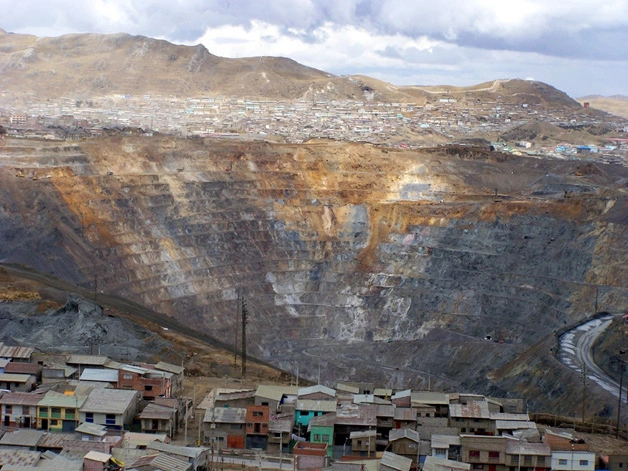 Open pit mine in Peru | Source: Source International
Open pit mine in Peru | Source: Source International
Community Regulations
Mining can have both positive and negative effects on local communities. Transparent revenue sharing and community involvement are essential to ensuring fair benefits and minimizing conflicts.
The EITI promotes transparency in how mining revenues are managed and distributed, helping to build trust between governments, companies, and local populations.
Challenges in Regulation
Implementing and enforcing mining regulations remains a challenge, particularly in regions with weak governance. Disparities in understanding and communication between mining companies and local communities can lead to disputes and inefficiencies.
Efforts to improve transparency, strengthen local participation, and adapt standards to regional needs are critical for the future of responsible mining.
Modular Nucleic Acid Testing Laboratory
As a mobile inflatable P2 level Biosafety Laboratory, the gas film version of the fire eye nucleic acid testing laboratory adopts an innovative modular layout of gas film materials, which can be quickly packaged, transported, and constructed to support normalized testing in various countries around the world
Jilin HaoChen cleaning Engineering Technology Co., Ltd. is a technological innovation enterprise focusing on the pharmaceutical purification engineering industry. The enterprise has a superb purification engineering technical team and excellent construction force. The company has always pursued the service tenet of "safety first, quality-oriented, customer first and technology first". Many representative air purification projects have been established in Jilin Province, Heilongjiang Province, Liaoning Province and Inner Mongolia Autonomous Region. With a registered capital of 5.8 million yuan, the company has grade II qualification for professional contracting of Building Decoration Engineering; Grade II qualification for professional contracting of building electromechanical installation engineering.
Service Items:
Purification project of pharmaceutical clean workshop (pharmaceutical purification workshop, food purification workshop, electronic and chemical purification workshop, etc.)
Construction of purification operating room (hybrid integrated operating room, DSA operating room, laminar flow purification operating room, ordinary purification operating room, etc.)
Construction of ultra clean laboratory (Microbiology Laboratory, sterility laboratory, PCR laboratory, physical and chemical laboratory, P1, P2, P3 laboratory, etc.)
Construction of SPF animal feeding room purification project
Business items: medical purification color steel plate, supporting purification profile, air purification ventilation equipment, purification engineering supporting equipment, etc
At present, the company has 8 sets (pieces) of various large and medium-sized mechanical equipment, the original value of mechanical purification equipment is 4.6 million yuan, and the net value of mechanical purification equipment is 2.3 million yuan. The total annual construction output value is about 10 million yuan. Our company has 24 registered employees. Among them, there are 15 personnel with professional titles, 7 engineering technicians, 3 senior engineers, 5 engineers and 7 assistant engineers; 2 persons with economic management titles.
Morality first, customers first, safety first and economy first!
We look forward to working with you.
Modular Nucleic Acid Testing Laboratory,Vitro Molecular Laboratories,Modular Bsl 3 Laboratories,Modular Laboratories
Jilin HaoChen cleaning Engineering Technology Co., Ltd , https://www.hcaircare.com